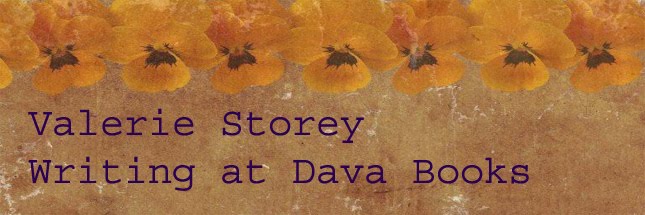"Tide Pool." Mixed-media piece from a long ago class . . .
Until a few weeks ago, I always thought #CampNaNoWriMo was in July. Then, thanks to a stray tweet I happened to spot mentioning it was also in April, well, my course was set, and here I am: once I hear of a writing or art challenge, that's it, I'm lost. I HAVE to participate.
Despite having written with my cabin mates a couple of years ago, I wasn't very well prepared for camp this time around. No sleeping bag, no name labels sewn into my clothing, not even a bag of Fritos for late-night snacking. Suddenly it was April and I had to show up at the blank page with a rather hazy idea and not much else.
Fortunately, CampNaNoWriMo isn't anywhere near as stressful as November's 50-thousand-word-novel-in-a-month ordeal. At camp you're expected to play. You set your own rules and goals, write in any format or genre of your choice, from screenplay to memoir, or you can even go for a full novel if you so desire. For me this freedom translated into the decision to go down a strange path of my own invention: 50 pages of narrative prose poetry handwritten into a journal with collage on the corresponding pages.
My title for this project, The Seaweed Collector, was inspired by a photo on Pinterest of an old nonfiction book of the same name. When I saw it, all I could think of was: Who is the Seaweed Collector? What does he/she do? Where does he/she store all that seaweed? How many kinds of seaweed are there to collect? After some research I found that the original book was printed in 1923 and is actually an encylopedia of British seaweeds. Because it's in the public domain now, you can buy what sounds like a photo-copied reprint on Amazon. com.
At first I was worried that this side trip was going to detract me from my daily page quota on my current WIP novel, Ghazal. But then something interesting happened; I realized that I wanted to add pages and lines from this new work to my novel, making them all part of a mysterious "book within a book" that the characters read, pass on to each other, and that changes them all in some way. Needless to say, I'm pretty excited about this development. I'm also grateful that I haven't just gone running after some time-wasting diversion that keeps me from my "real work." Now to go build my blanket fort. . . . Catch you next time.
Tip of the Day: A fun way to start any new project is to borrow the title of an existing book, especially one that's fairly old, or out of print, and that nobody could possibly associate with a well-known narrative such as Gone With the Wind, or Peter Rabbit. You don't even have to buy the book; browsing the library or a used-book store should give you plenty of fresh ideas!







